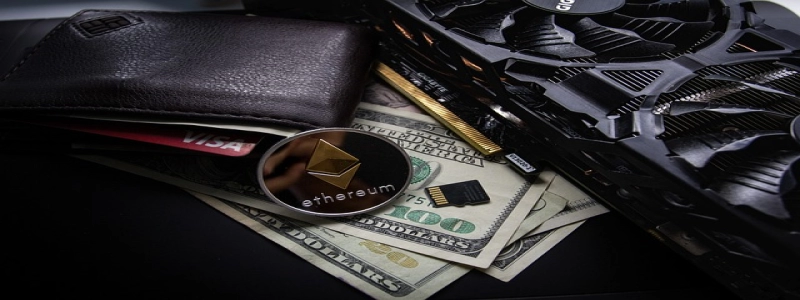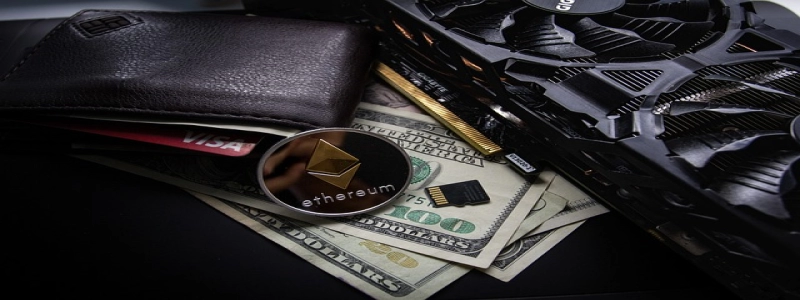Splicing an Ethernet Cable
I. Introduction
In today’s digital world, Ethernet cables are essential for establishing wired connections between devices such as computers, routers, and switches. However, situations may arise where traditional Ethernet cables need to be extended or repaired. This is where the process of splicing an Ethernet cable comes into play. In this article, we will explore the step-by-step procedure of splicing an Ethernet cable in a detailed manner.
II. Tools and Materials Required
Before beginning the splicing process, it is important to gather the necessary tools and materials. The following items will be required:
1. Ethernet cable cutter or sharp knife
2. Ethernet crimping tool
3. RJ45 connectors
4. Heat shrink tubing
5. Heat source (heat gun or lighter)
6. Wire strippers
7. Electrical tape or cable ties
8. Optional: Ethernet cable tester
III. Step-by-step Procedure
1. Cut the cable: Start by removing any damaged portions of the Ethernet cable. Using an Ethernet cable cutter or a sharp knife, make a clean cut at the desired length. Ensure that the cut is straight to maintain proper signal integrity.
2. Strip the cable ends: Gently strip approximately 1 inch of the outer insulation from both ends of the cable. Carefully handle the exposed wires to prevent any damage.
3. Untangle the wires: After stripping the cable ends, untangle the individual wires. Ethernet cables typically consist of four twisted pairs of wires. Untwist each pair and straighten them for easier handling during the splicing process.
4. Arrange the wires: At each end of the cable, arrange the wires according to the T568A or T568B wiring standard. Both standards are widely accepted, so use the one that matches the existing cable or the one recommended by the manufacturer.
5. Trim the wires: Using a wire stripper, gently trim off any excess wire to ensure all wires are of equal length. This is crucial for maintaining the proper signal transmission.
6. Insert the wires into the RJ45 connector: Take the prepared wires and insert them into a suitable RJ45 connector, making sure each wire goes into its corresponding slot. Push the wires firmly into the connector until they reach the end.
7. Crimp the connector: Utilizing an Ethernet crimping tool, crimp the RJ45 connector onto the cable. Apply enough force to ensure a secure connection, but be careful not to over-crimp as it may damage the connector or impair the signal quality.
8. Apply heat shrink tubing: Slide a piece of heat shrink tubing over the crimped connector. Use a heat gun or lighter to carefully apply heat to the tubing, shrinking it firmly around the connector. This provides added protection against dust, moisture, and physical damage.
9. Insulate the cable ends: To further safeguard the connection and avoid any potential short circuits, insulate the exposed cable ends with electrical tape or cable ties. This will provide additional strain relief and prevent the wires from accidentally touching each other.
10. Optional: Test the spliced cable: If available, use an Ethernet cable tester to verify the spliced cable’s connectivity and signal quality. This step is recommended to ensure that the splicing process was successful.
IV. Conclusion
Splicing an Ethernet cable may seem like a daunting task, but by following the outlined step-by-step procedure, one can extend or repair an Ethernet cable easily. Remember to gather the necessary tools and materials, handle the wires with care, and adhere to the wiring standards. By doing so, one can maintain a reliable and efficient wired network connection.








